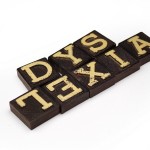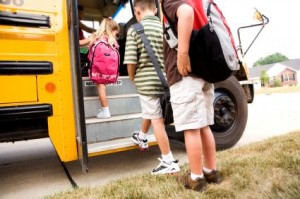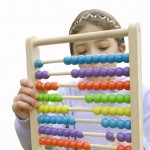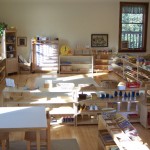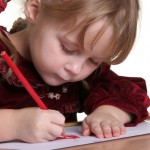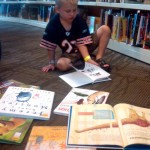Visual-Spatial Learning Techniques for Autistic Students
 Visual-spatial teaching techniques have shown promise for helping autistic students, as well as others with special needs. Here is an excerpt from Chapter 5 of my new book, Being Visual:
Visual-spatial teaching techniques have shown promise for helping autistic students, as well as others with special needs. Here is an excerpt from Chapter 5 of my new book, Being Visual:
 Visual-spatial teaching techniques have shown promise for helping autistic students, as well as others with special needs. Here is an excerpt from Chapter 5 of my new book, Being Visual:
Visual-spatial teaching techniques have shown promise for helping autistic students, as well as others with special needs. Here is an excerpt from Chapter 5 of my new book, Being Visual:
